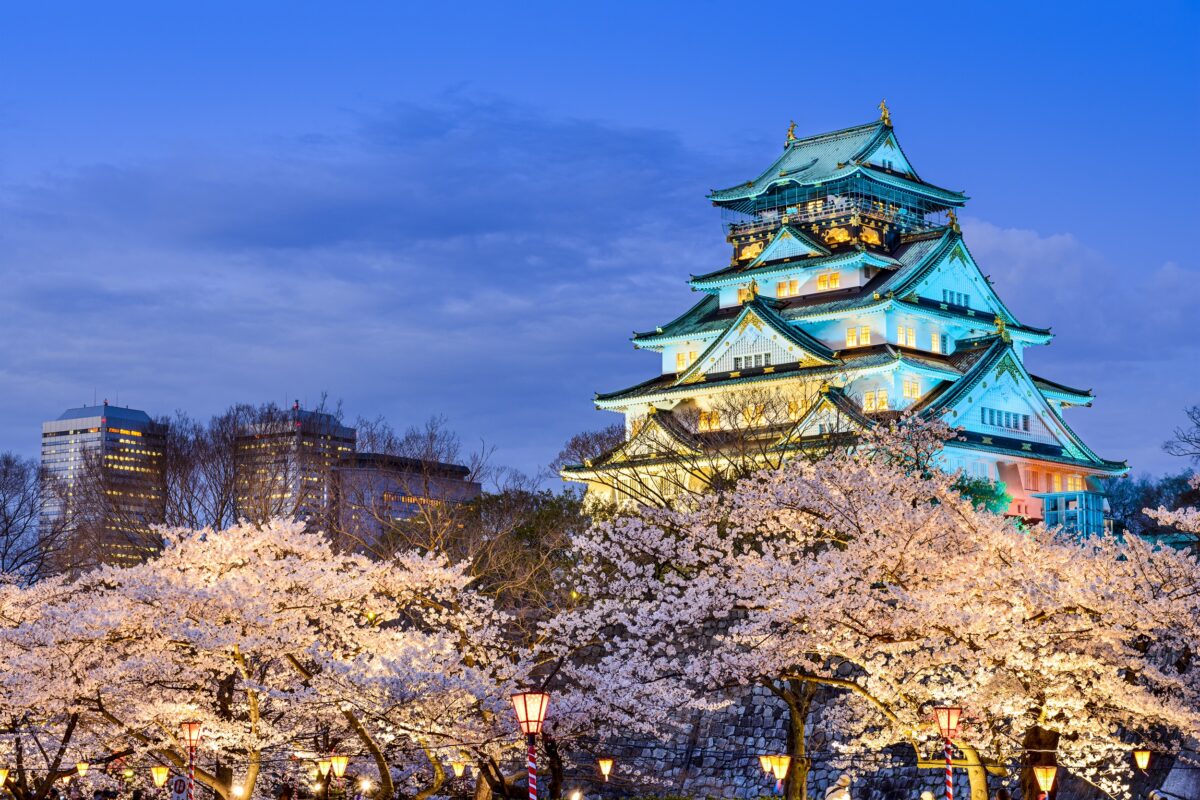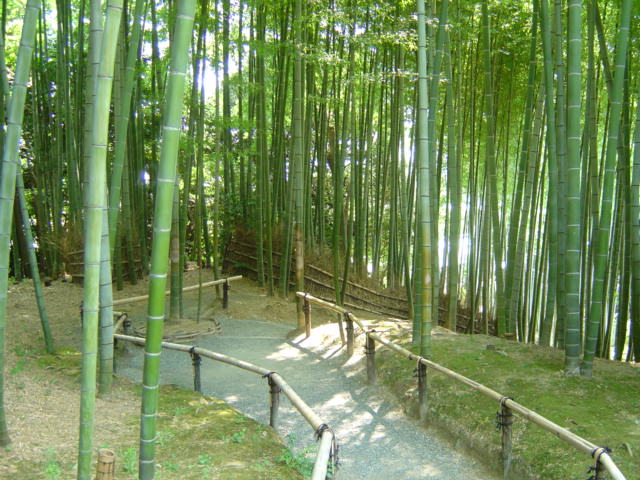Many civil wars were raging in Japan between the late 15th century and the late 16th century, the Warring States Period (戦国時代). It was an exciting period for Japan because military rulers were replaced one after another. Oda Nobunaga (織田信長) was the first challenger to unify Japan after the long period of war. Toyotomi Hideyoshi (豊臣秀吉) was the second warlord who tried to unify Japan after Nobunaga was murdered.
Low Conquers High
What was happening is called Gekokuji (下剋上) which means “Low conquers High”. Japanese people love this period, and especially the last three decades when the three most powerful military leaders appeared. Many movies and dramas were made highlighting the major figures in this period; Oda Nobunaga, Toyotomi Hideyoshi, and Tokugawa Ieyasu. This article is about the second one, Toyotomi Hideyoshi.
Brief Biography of Toyotomi Hideyoshi
Hideyoshi was born in 1537, three years after Oda Nobunaga. It is not certain, but it is said that he was born in a farmer’s family. When he was young, he called himself Kinoshita Tokichiro. He started to serve for some smaller warlords before serving Oda Nobunaga in Owari (Aichi Prefecture) in 1554.
He started at the lowest rank, but he was clever. One of his famous episodes happened when Nobunaga prepared to go out on a cold day, Hideyoshi gave him a pair of warm straw sandals. Nobunaga asked him how they were warm. Hideyoshi answered that he made them warm by holding them to his chest. This was the start of his promotion. In 1561, he got married to Nene.
In 1566, he had a big success when he was nominated as a castle construction manager. He created a competition for the workers by giving prizes to the fastest workers. And he finished the castle in a very short period. In 1568, Toyotomi went to Kyoto when Nobunaga brought shogun Yoshiaki to the capital and stayed there with another vassal, Akechi Mitsuhide. After having continuous success in battles against Nobunaga’s enemies, he finally received a castle in Nagahama in 1573.
Osaka Castle
In 1582, Nobunaga was attacked by his vassal Akechi Mitsuhide while he stayed at Honnoji Temple and killed himself. Hideyoshi was in Bicchu (Okayama Prefecture) at that time fighting with Mori, the strongest warlord in the west. He reconciled with Mori and came back to Kyoto at excessive speed. He defeated traitor Mitsuhide and his vassals completely and acquired control of Kyoto. At the meeting to choose the successor of Nobunaga, Hideyoshi recommended Nobunaga’s eldest son’s son Nobuhide who was only two years old. It meant that Hideyoshi would become the virtual lord. After that, he kept defeating his opponents one after another.


In 1583, he built Osaka Castle which was reconstructed by the next leader Tokugawa about 30 years later. He tried to unify Japan by defeating warlords in the province. During his fight in Kyushu, he found out that the Portuguese sold Japanese people as slaves. Consequently, he expelled them.
Toyotomi became a court member and was nominated as a Regent in 1585. Then Emperor Ogimachi gave him the title of the Chancellor of the Realm in the following year. The Toyotomi Regime was confirmed. He invited next Emperor Goyozei to his new castle Jurakudai.
Toyotomi Hideyoshi’s Later Life
He finally unified the country by defeating one of his strongest enemies, the Hojo clan, in the east in 1590. He sent Tokugawa Ieyasu to Edo (Tokyo now) to protect the east. Though he became the second Tenkabito (天下人) or “Ruler of the Country”, he did not seem to be happy.
He gave the important post of tea master to Senno-Rikyu, the founder of the tea ceremony. Hideyoshi made him construct a golden tea room, which was against Rikyu’s policy. By counterargument, Hideyoshi killed Rikyu by seppuku suicide. He also killed his brother Hidetsugu because Hideyoshi thought Hidetsugu might betray him. And finally, he also committed seppuku himself.
In 1597, he killed 26 Christians who didn’t obey the ban on Christianity in Nagasaki. It was in the same period that he also failed in a battle against Korea twice in 1592 and 1597. His last days were not successful.
He got ill and died in 1598 at the age of 61. Before his death, he asked Tokugawa Ieyasu to look after his son Hideyori. Ieyasu agreed, but after Hideyoshi’s death, he broke that promise and became shogun himself in 1603 by winning the biggest civil war in history, the Battle of Sekigahara.
Hideyoshi’s Personality
Hideyoshi was very clever when he was young and he was a man of effort. He also had a happy married life with Nene. She always supported him mentally and financially. After his death, she built a beautiful temple for him, Kodaiji Temple in Kyoto.


But once he took the power, his administration didn’t work well. He probably wanted to show off his power by holding a big tea party, making a golden tea room, attacking a foreign country, and so on. But he failed at his policies in his later life. He became skeptical about his surroundings including his own brother.
Popularity
Many books have been written on the history and biography of the three big warlords who were active at the end of the Warring States Period. Many people like one of them. The following poem expresses their characteristics in very short form:
Oda Nobunaga: “If the cuckoo does not sing, kill it.”
Toyotomi Hideyoshi: “If the cuckoo does not sing, coax it.”
Tokugawa Ieyasu: “If the cuckoo does not sing, wait for it.”
Many people like Hideyoshi because he promoted from farmer to unifier. He was a man of effort and for a long time he was a very successful person.
Your Japan Tour
As seasoned Japan experts, we can help you create your perfect Japan tour. We can include guides who can tell you all about Toyotomi Hideyoshi and the Warring States Period. The guide can take you to Toyotomi Hideyoshi-related places if you wish. Contact us to start planning your unforgettable holiday to this fascinating country. Japan is full of once-in-a-lifetime experiences, culture, history, nature, and delicious food!